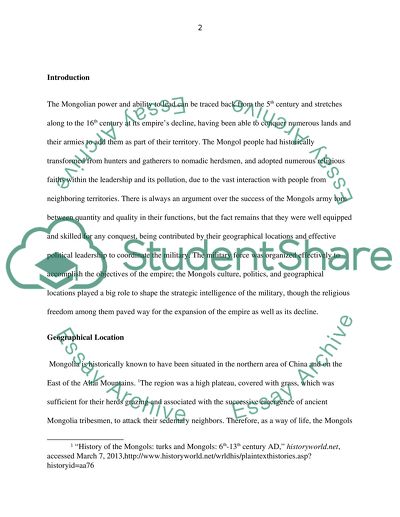Cite this document
(“Military Tradition of Ancient People Research Paper”, n.d.)
Retrieved from https://studentshare.org/history/1469855-military-tradition-of-ancient-people
Retrieved from https://studentshare.org/history/1469855-military-tradition-of-ancient-people
(Military Tradition of Ancient People Research Paper)
https://studentshare.org/history/1469855-military-tradition-of-ancient-people.
https://studentshare.org/history/1469855-military-tradition-of-ancient-people.
“Military Tradition of Ancient People Research Paper”, n.d. https://studentshare.org/history/1469855-military-tradition-of-ancient-people.


